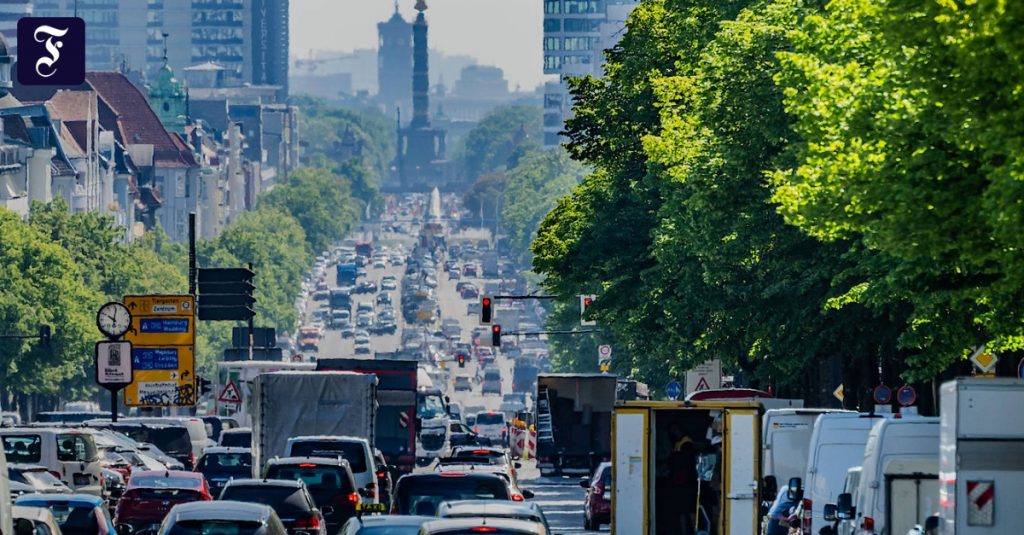DrThe World Health Organization (WHO) is putting pressure on industrialized nations, especially the European Union, by publishing new guidelines for air pollutants. The new guideline values clearly show that the consequences of outdoor air pollution have long been significantly underestimated. This is especially true for fine dust and nitrogen dioxide. Previously valid indicative values go back to 2005. The new WHO recommendation on long-term exposure to PM2.5 fine dust is now 5 μg instead of 10 μg per cubic meter of air (EU limit value is 25 μg per cubic meter of air), Fine dust PM10 15 instead of the previous 20 micrograms per cubic meter of air (EU limit is 40 micrograms per cubic meter of air). The reduction in the annual cut-off value for nitrogen dioxide from 40 to 10 µg per cubic meter of air was significantly reduced as well as the new introduction of a cut-off value for semi-annual exposure to ozone.
About eight percent of the urban population in the European Union is currently exposed to long-term pollution of PM2.5 fine dust, which already exceeds the EU limit values; It is even as high as 77 percent if previous WHO guideline values are used as a standard. The World Health Organization asserts: If its guideline values for fine dust PM2.5 are adhered to, about 80 percent of premature deaths attributable to this pollutant could be avoided.
The World Health Organization develops guidelines for preventive health purposes
The cut in the benchmark values in Brussels should lead to new unrest. In March this year, the European Parliament asked EU lawmakers to update EU air quality standards once new WHO guidelines were published and the limit values were aligned with recommendations. The current schedule provides this update for the third quarter of 2022.
The World Health Organization sets its guiding values purely as a preventive measure. In doing so, you look for exposure and effect relationships: When does any relationship lead to any health effects and at what dose? Work on the new WHO guidelines began in 2016. In addition to the analysis of more than 500 publications, assessments were carried out by external experts. Environmental and health experts almost unanimously welcome stricter air quality standards, but also point out the difficulties in implementing necessary air pollution control measures in all countries.
The Scientific Information Center (SMC) in Cologne asked several experts about the WHO publication. FAZ.NET summarizes their reactions:
Nino Konzli of the Swiss Institute of Tropical and Public Health co-developed the new guidelines: “The guideline values had to be corrected downward, as very large long-term studies with several hundred thousand participants have been published in the past fifteen years, in which regions with very low levels of pollution – eg Switzerland – have also participated. This has made it possible Derivation of the relationship between outdoor concentration of pollutants at residential address and health, even for concentrations much lower than previous reference values Studies confirm what could not be demonstrated 20 years ago: there are no “harmless threshold values” for air pollution New guideline values agree to the World Health Organization with the lowest values for which solid and reproducible data are available.” This shows that “every improvement in air quality is worth it – in highly polluted areas as well as in less polluted areas.”

“Food practitioner. Bacon guru. Infuriatingly humble zombie enthusiast. Total student.”








More Stories
Kyiv: Russian Kursk offensive halted
US Presidential Election: Former US Government Officials Warn Against Donald Trump's Election
Netherlands wants to leave asylum system